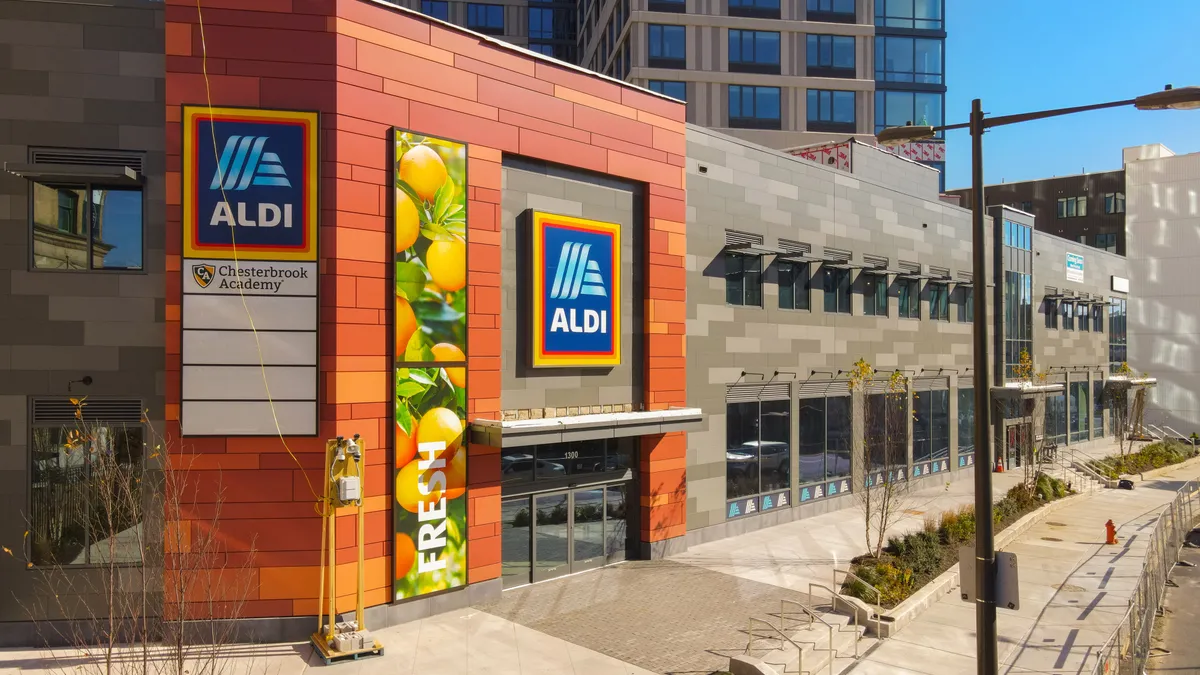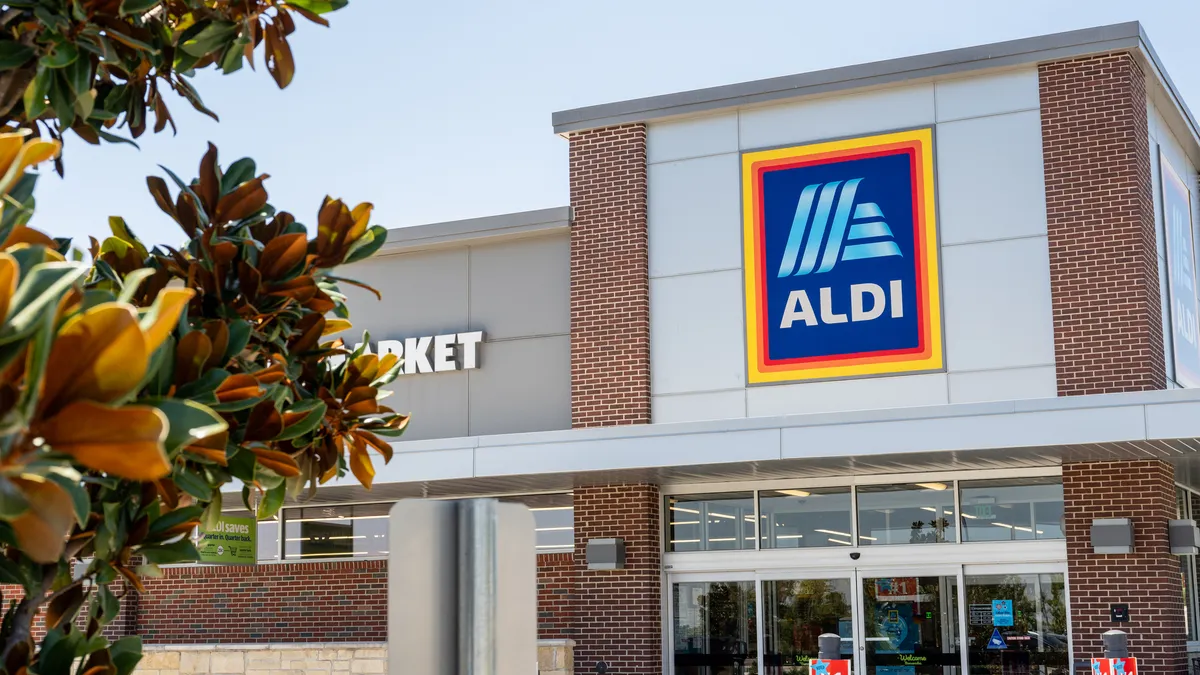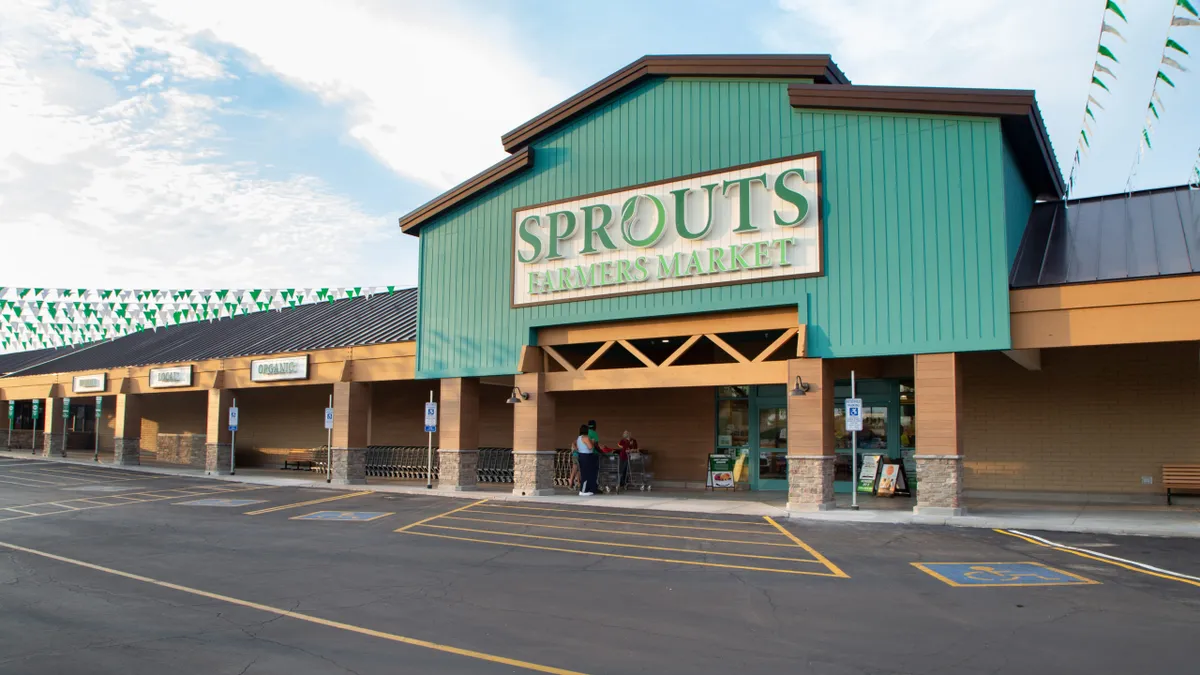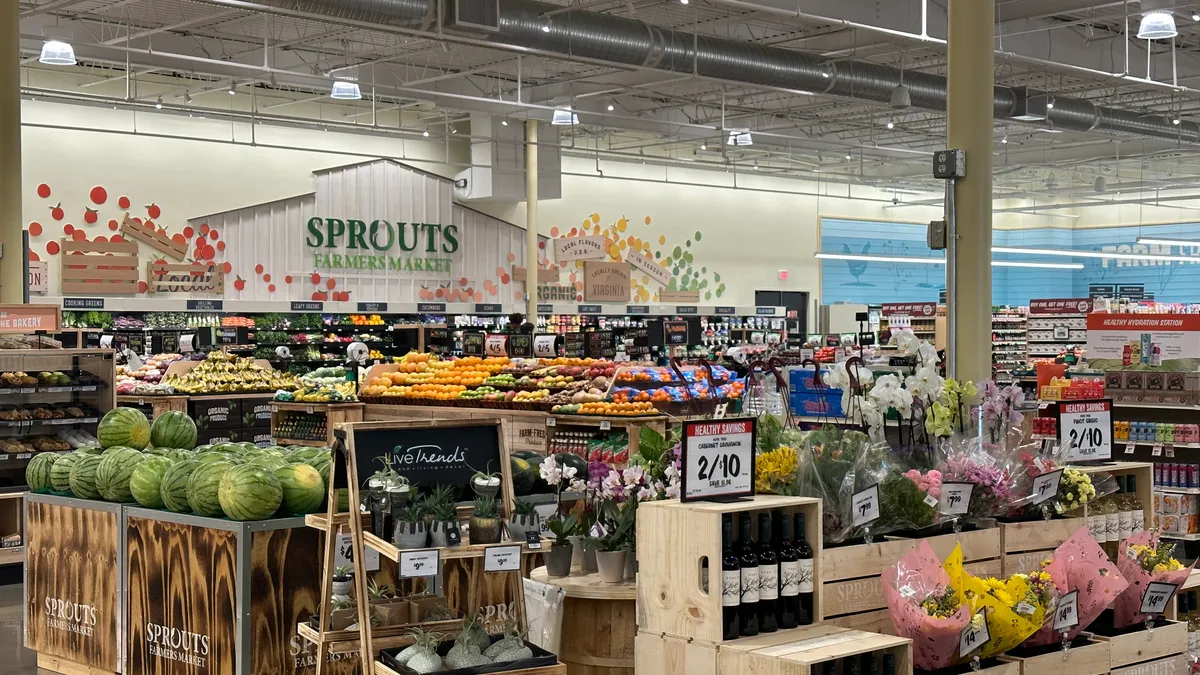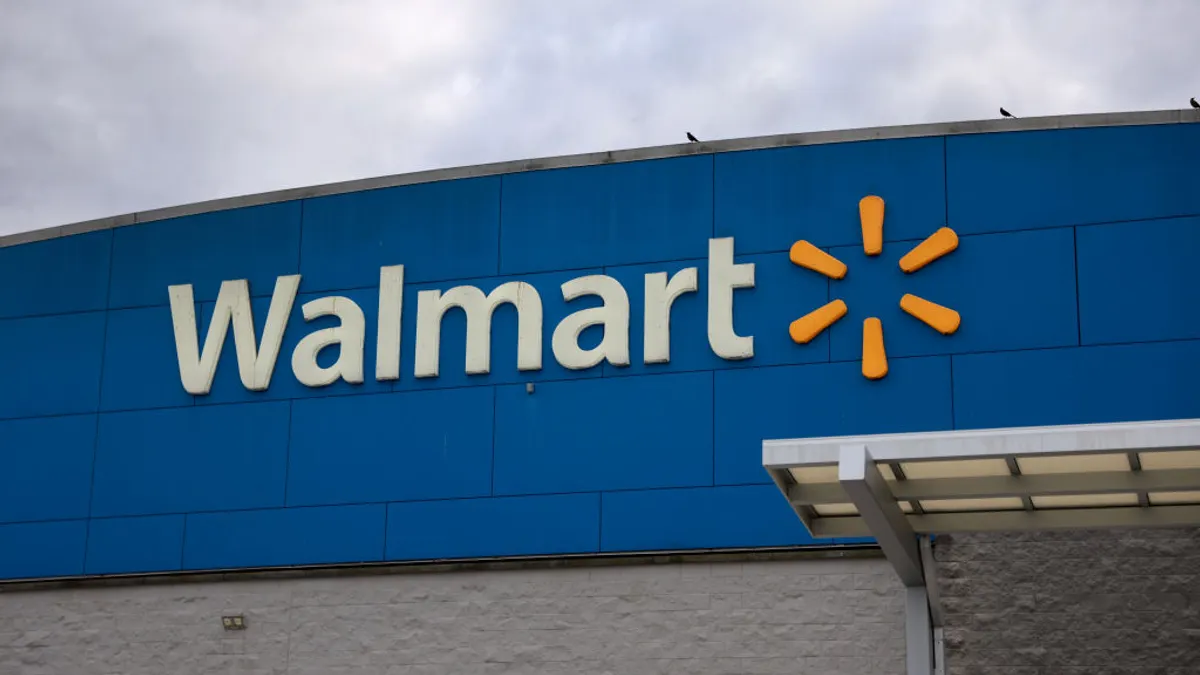Pardon the Disruption is a column that looks at the forces shaping food retail.
Like many people around the grocery industry, I was very surprised to see Wednesday’s announcement that Aldi plans to acquire the Winn-Dixie and Harveys Supermarket chains from Southeastern Grocers.
Although the discount grocer has been on a growth tear over the past several years, and a large, transformative acquisition certainly makes sense to further its conquest, snapping up two conventional grocery chains whose stores are very different from Aldi’s didn’t seem like a move that company would make.
From a growth perspective, this is a major step forward for Aldi in an area of the country where it has already built a considerable presence, including hundreds of stores and a brand new distribution center.
“These are great locations Aldi is getting,” according to one industry source I spoke to Wednesday who knows SEG’s store portfolio well and asked not to be named. “They’re a big reason why, even with the strength of Publix and Walmart, Winn-Dixie, Harveys and Fresco Y Más have remained.”
But the tie-up raises some tantalizing questions over how Aldi will navigate the integration of two conventional grocery banners, and what this might mean for acquisition as a part of its growth strategy into the future.
Needless to say, there’s a lot to unpack in this very eye-opening deal. Here are my five top-line thoughts:
This deal opens a new chapter in Aldi’s battle against traditional grocers.
Aldi has been operating in the U.S. for nearly half a century, but in the past several years it has been the most aggressive retailer in the country in terms of growth and store transformation.
There are numerous factors behind this, and a big one is its rivalry with arch nemesis Lidl. Shortly after Lidl announced its entry into the U.S. in 2017, Aldi splashed cold water on the move by announcing a $5 billion investment to transform its position among U.S. grocers. Since then, it’s been a tale of two companies: Aldi has soared like a rocket, while Lidl has dragged like an anchor.
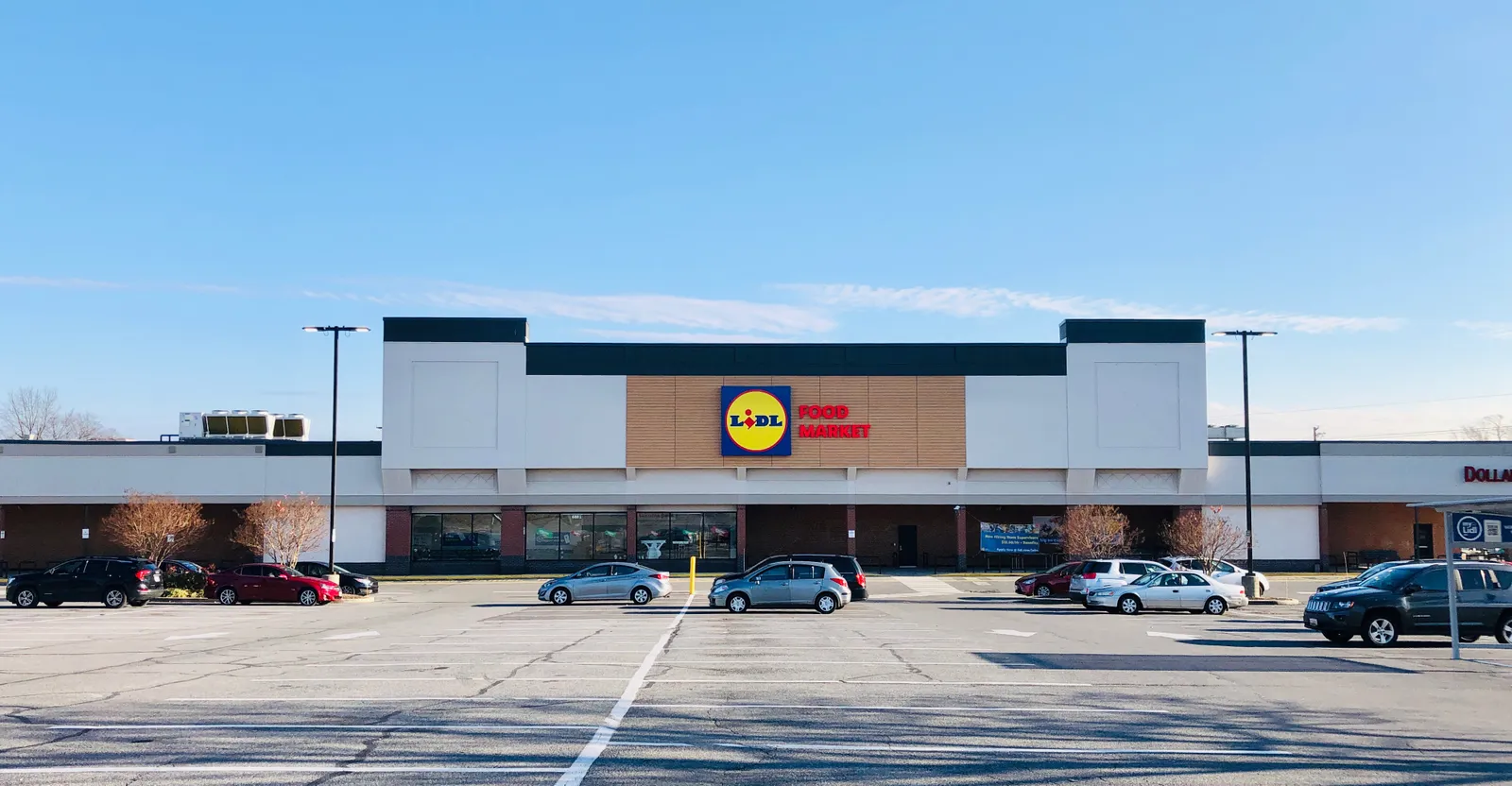
But Aldi has greater ambitions than just one-upping its German rival. As it has grown, Aldi has chipped away at the market share of traditional grocers, particularly during this extended period of high inflation that began early last year. Now, the discount grocer, which has focused mainly on organic growth, is opening a new chapter by acquiring the same sort of traditional supermarkets it’s trying to disrupt.
The two retailers Aldi is rising up to challenge, Publix and Walmart, both hold commanding market share leads in the Southeast, and particularly in Florida. But if its acquisition strategy works against these tough foes, Aldi could acquire more grocery chains as industry pressures mount.
Is Aldi going to launch a new store format?
Aldi gains a lot of stores with the SEG deal. But those stores are quite different from the traditional discount-model locations Aldi operates.
Aldi’s stores average around 22,000 square feet. Winn-Dixie’s stores, on the other hand, are more than twice that size, averaging around 48,000 square feet, while Harveys’ locations average just over 36,000, according to a 2021 S-1 filing SEG made when it tried (and failed) to go public. Aldi’s stores have around 90% private label penetration, while SEG’s is much lower — 27% as of 2019, according to the S-1.
It would be one thing if Aldi planned to leave the acquired stores alone under their current banners. But the discounter said in its announcement that it will rebrand at least some of those Winn-Dixie and Harveys stores under the Aldi name. This seems to pave the way for a new, larger store format from Aldi — one that potentially could serve as a bigger draw for shoppers looking for a wide assortment of discounted goods.
We’ve seen numerous grocers — including Meijer, Schnucks and Hy-Vee — launch new store formats in recent years. Many grocery retailers outside the U.S., including the three largest chains in Canada, operate conventional as well as discount stores, said Bobby Gibbs, a partner in the retail and consumer goods division of management consulting firm Oliver Wyman.
“Having the ability to choose from both a large store format and a small store format in different real estate expansions can give you a lot more flexibility” when expanding to new markets, Gibbs said in an interview.
It’s also possible that Aldi will instead — or perhaps in addition — look to sublease a portion of these stores and keep its grocery stores limited to that traditional size. We’ve already seen Aldi do something along these lines when it subleased space adjacent to Kohl’s locations.
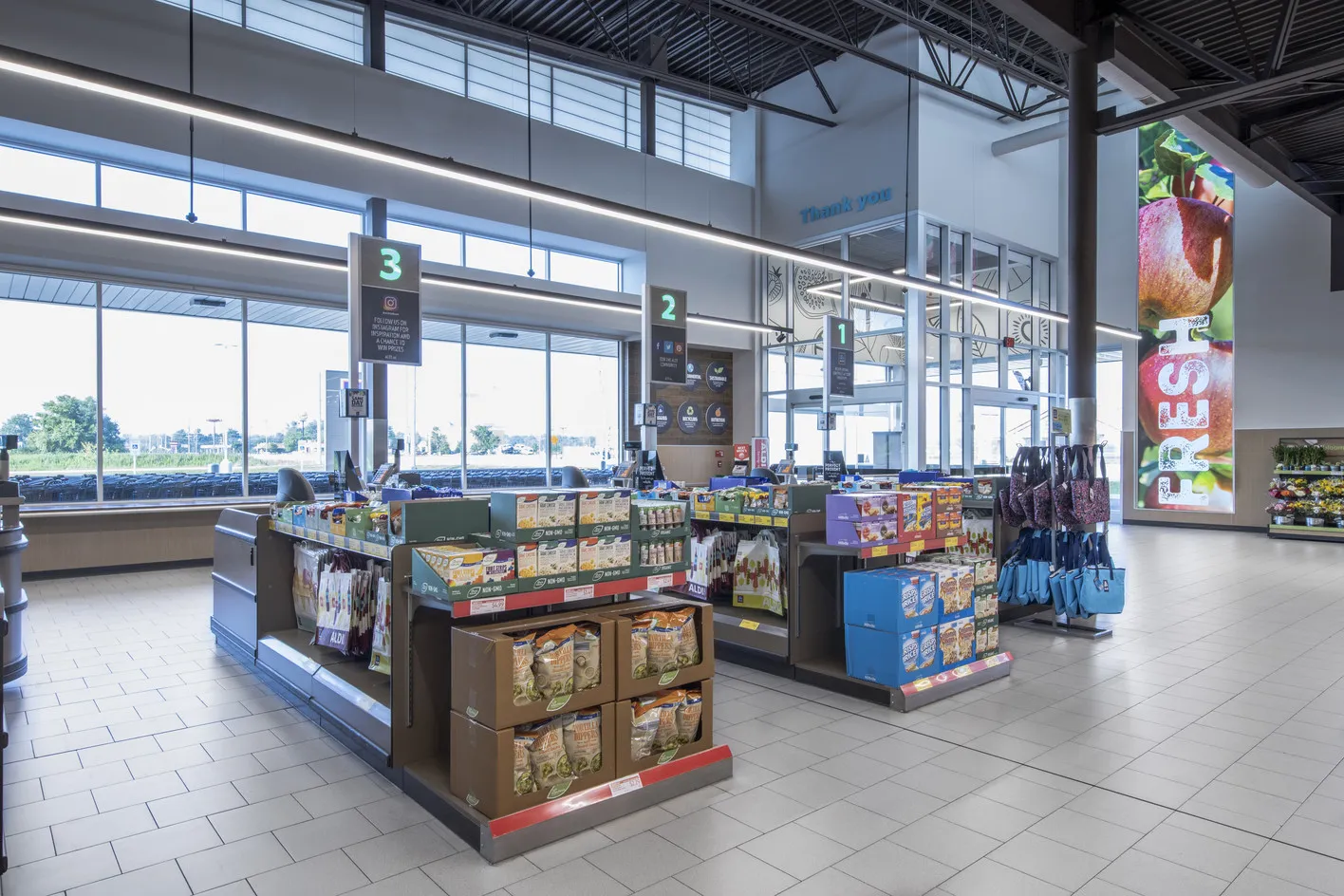
The integration could be tricky
There are a lot of other challenges as well as potential opportunities that come from the integration of these seemingly incongruent companies.
How will Aldi handle supplying these newly acquired stores? Will it bring Winn-Dixie and Harveys under its self-distribution network, which now includes a 564,000-square-foot facility in Alabama, or maintain those banners’ existing agreements?
Bringing those new stores under its distribution network could be challenging — but it also could give Aldi leverage in negotiations with Winn-Dixie’s and Harveys’ existing suppliers.
With the Winn-Dixie and Harvey’s locations that don’t get rebranded, will Aldi add more of its private label products? And will it lower prices significantly, as one would expect?
In an emailed note Wednesday, GlobalData Managing Director Neil Saunders said Winn-Dixie shoppers are particularly price sensitive and have been defecting to lower-price competitors in recent months, including Aldi.
“As a low-price leader, Aldi will no doubt make the chain much more competitive,” he wrote.
However, running conventional grocery stores will likely require Aldi to make some changes, Saunders said. “This will require a bit of a shift in Aldi’s traditional operating model and suggests that the firm wants to experiment with some new ways of reaching and appealing to U.S. shoppers.”
Aldi’s gain is a loss for Ahold Delhaize and Kroger
When Southeastern Grocers started shopping around its grocery chains, I thought Ahold Delhaize would scoop up Winn-Dixie. Florida, which is Winn-Dixie’s stronghold, is the one state missing from Ahold Delhaize’s East Coast empire of regional grocery chains.
Given its need to expand and its experience operating stores of Winn-Dixie’s size and scope, I thought the deal was only a matter of time.
But, instead, Ahold Delhaize has let that chain slip away to a fast-growing competitor that will likely use the deal to sharpen its blade against conventional grocers.
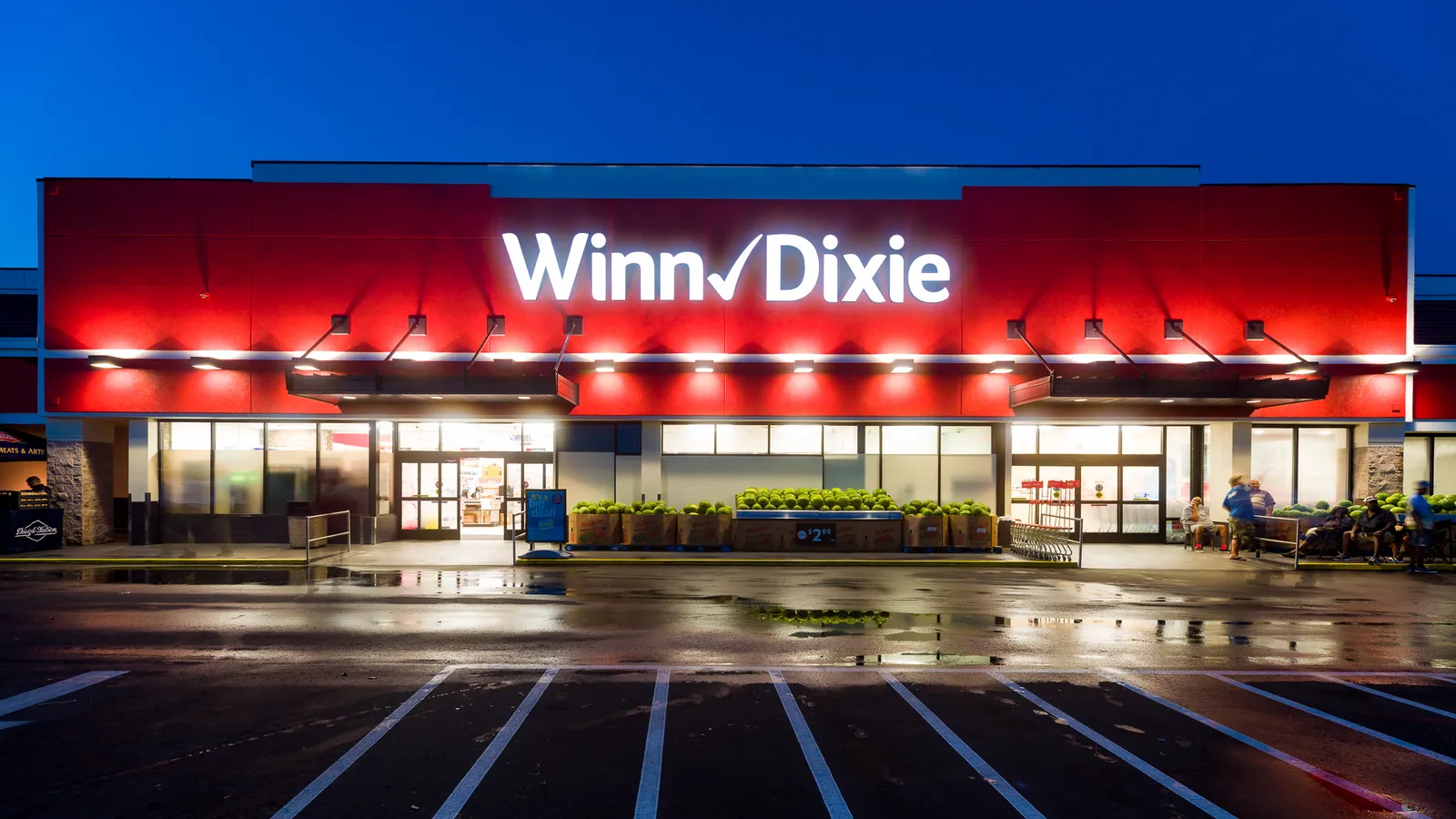
This isn’t the first time Ahold Delhaize has missed out on a major deal. Reports surfaced a year ago that the Dutch company was in negotiations to acquire Albertsons. But Kroger ended up snagging that deal.
And speaking of Kroger: Aldi’s growth in Florida certainly isn’t good news for the supermarket company’s efforts to build an online-only presence in the state. You’ll recall Kroger’s triumphant move into the Sunshine State back in 2021 powered by its Ocado automated warehouses. Well, the downturn in e-commerce sales coupled with the rise of a discount-store competitor is making that move look a lot less rosy.
Aldi could make a play for Kroger-Albertsons divestitures
To get their nearly $25 billion deal over the line, Kroger and Albertsons are going to have to offload a whole lot of supermarkets. That means a possible feeding frenzy for other companies — and Aldi now looks to be in that mix.
It could be that Aldi’s major acquisition is just a one-off event. The combination of a distressed retailer selling prime locations in a region where Aldi is very keen on growing may be hard to duplicate elsewhere.
However, like Kroger and Albertsons, Aldi understands that the greatest benefits in the grocery space are increasingly flowing to the largest players.
“You know Aldi has a long-term vision, and [the Winn-Dixie and Harveys acquisition] just isn't a short-term excuse to make investors happy with an expansion and a splashy headline,” Erich Kahner, director of competitive strategy and insights, North America for dunnhumby wrote in an email.
The largest companies are gaining valuable economies of scale, leverage over suppliers and the ability to invest in the digital tools necessary to operate a modern retail company. Aldi has the drive to grow and experience operating in markets across the country.
Back in 2017, Aldi noted that its goal was to become the third-largest U.S. grocery retailer by store count by 2022. It achieved that goal. And from the looks of things, Aldi is not content with stopping there


